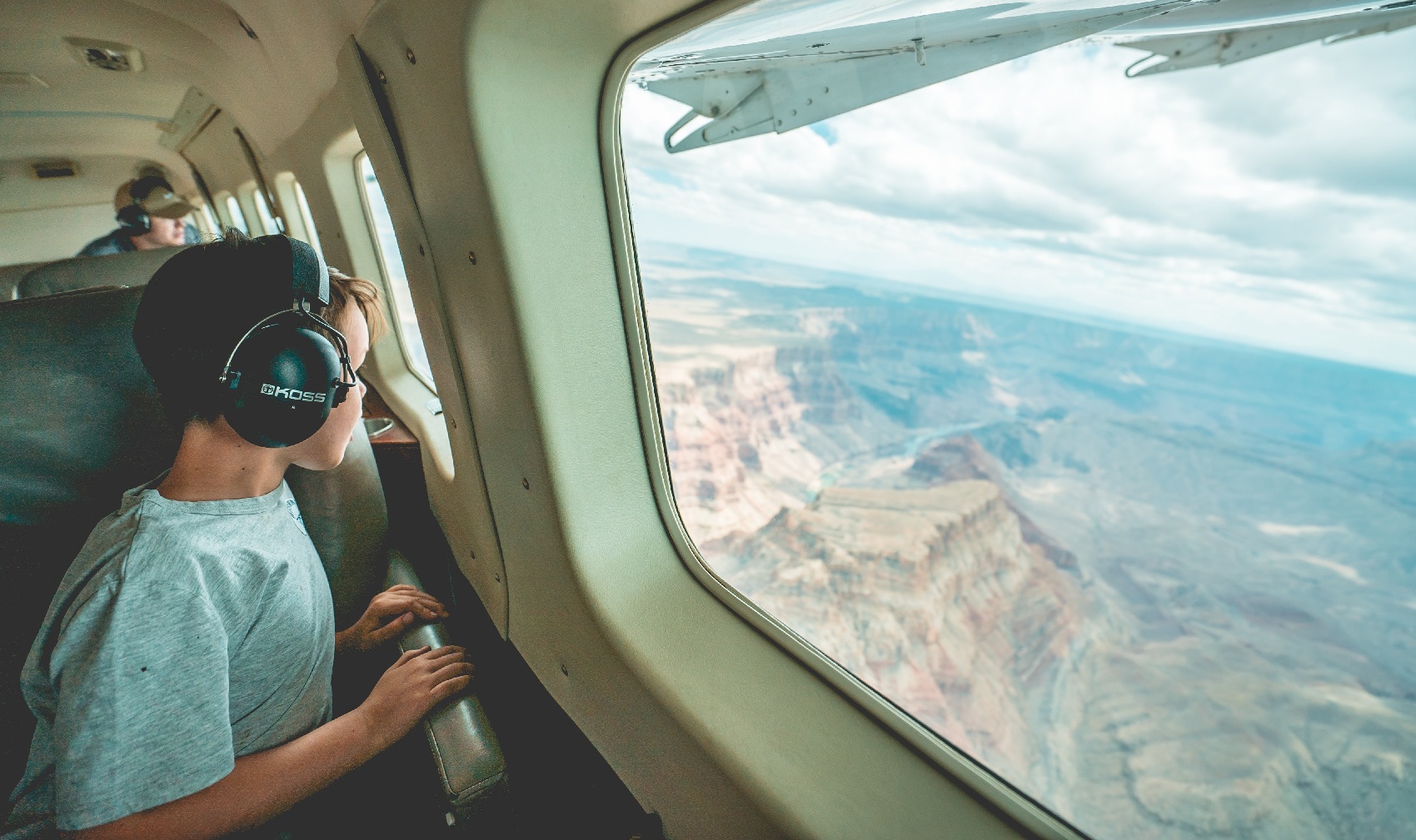ATP Requirements: What To Expect and How To Prepare
While becoming an airline transport pilot (ATP) can be attainable to anyone who plans, budgets, and trains effectively, the requirements for ATP certification have become more stringent over the last few decades. You still have to check all the basics:
- At least 23 years of age (20 for U.S. military pilots)
- English proficiency (reading, speaking, writing)
- Hold a commercial pilot certificate with an instrument rating (or military or foreign airline transport pilot equivalents)
- Hold a first-class medical certificate to act as pilot in command (or a second-class certificate to act as second in command)
- 1,500 hours of flight time
- Pass the ATP knowledge and practical tests.
However, after the 2009 Colgan Air crash, a law was enacted that added another step before you can take the ATP written exam: You must attend a 40-hour Airline Transport Pilot - Certification Training Program (ATP-CTP).
The ATP CTP Course
The course can cost anywhere from $3,500-$5,000. Most regional airlines and some Part 135 companies will cover the cost of the ATP-CTP for their applicants, but not all, requiring pilots to pay for it out of pocket. Certainly, this brought about a considerable change for those seeking an ATP.
I had the opportunity to attend the ATP-CTP course at CAE in Morristown, New Jersey, through my Part 135 company. It lasted about a week and consisted of ground and flight simulator training.
The course is not preparation for the written knowledge test; it is simply a prerequisite course to the exam. You must study for the written exam on your own time, using whatever study methods you desire.
When I took the course, I already had an initial type rating for the Hawker 800XP and had been flying Part 135 as second in command (SIC) with my commercial pilot certificate. Upgrading to the ATP certificate would get me one step closer to captain, and it certainly would make me more marketable.
In hindsight, going through the ATP-CTP course before getting my initial type rating would have been helpful. At times, I felt lost and confused during the initial type rating since the course used terminology typically learned when getting an ATP. Fortunately, earning my initial type rating made the ATP-CTP easier for me.
The first four days of this seven-day course consisted of ground school for about eight hours per day. Days five through seven consisted of about six hours of simulator-based flight training per day, including briefing and debriefing.
Ground School
Three additional pilots were in my class. They had experience ranging from a Gulfstream pilot to a certified flight instructor (CFI) with no jet time.
The instructors were retired airline pilots. Everyone was very friendly, and the small class size made it easy to get questions answered.
Day one started with high-altitude aerodynamics, stall prevention and recovery, upset prevention, and recovery and self-check homework. Instructors added personal stories and background experience to supplement the course material.
Day two dealt with turbine engines, transport aircraft performance, automation, navigation and flight path warning systems, safety culture, voluntary safety programs, and more self-checks.
Day three included checklist philosophy, communication and briefings, crew resource management (CRM), leadership, communications, professional development, fatigue and fitness for duty, and threat and error management.
Day four comprised ground operations, MEL and CDL, operational control, meteorology, aircraft weather detection systems, low visibility operations, and a final academic exam.
The 32 hours spent over four days were beneficial and helped set my mind on flying beyond commercial and CFI operations.
Flight Simulator Training
The real fun started on day five as we began using the simulator. I thought I might end up in a Hawker sim again, but our class got to fly in a Dassault Falcon 7X EASy II simulator. The simulator was absolutely beautiful. It had huge computer screens with synthetic vision and a trackball mouse to make selections on the PFD and MFD.
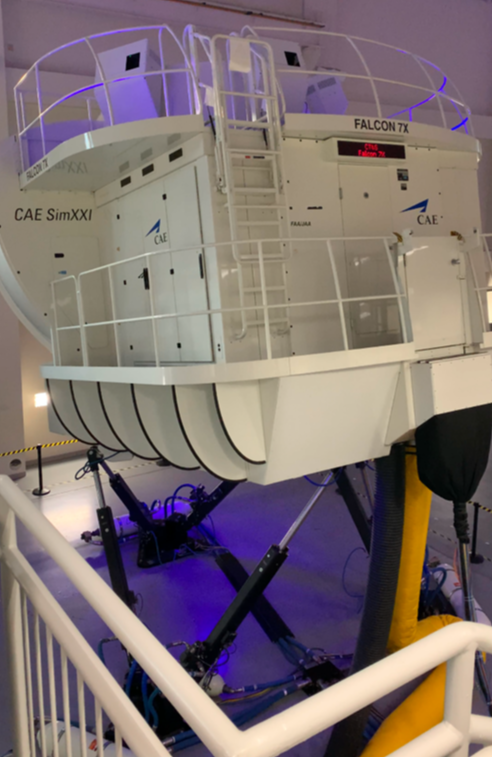
Falcon 7X Simulator at CAE (photo courtesy of Chris Peterson)
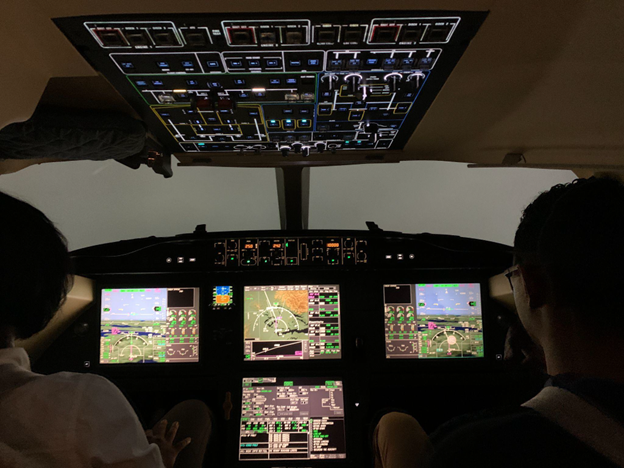
Flight deck of the Falcon 7X flight simulator (photo courtesy of Chris Peterson)
The instructor clarified that the purpose of the course was not to be like an initial or recurrent type rating. Therefore, they did not expect us to fly a new aircraft (sim) to that level. That certainly took the pressure off and made it more fun. The instructor said we would use the sim to experience some of the key ATP-CTP maneuvers we may not have seen otherwise, depending on our prior flight experience.
During the first sim day, we worked on navigation and automation. The Falcon 7X has an incredible amount of automation, including autothrottles. I had never flown an aircraft with an autothrottle, and it was quite an experience to see the throttle handles smoothly advance or retard depending upon the preset airspeed or flight condition.
None of us were familiar with the 7X flight deck, so we were all learning at the same time. If I was in the left seat, someone else was in the right, and a third person was in a sort of “jump seat." We would stay like that for about an hour and a half before switching seats. Through these rotations, we got to see everything three times during each session.
On day six, our second day in the sim, we worked on high-altitude operations, stall prevention and recovery, and high-altitude upset prevention and recovery. It was fascinating to see how much altitude is lost in stall recovery at high altitudes.
On day seven, our final day in the sim, we worked on runway safety in adverse weather conditions, taxi and takeoff, and approach and landing phases of flight. By the end of the day, we were all surprised at how competent we became flying the Falcon 7X. We also were quite pleased with each other and how our CRM had improved. At the conclusion of the course, I was presented with my ATP-CTP graduation certificate.
The Written Exam
The written exam is not conducted during the ATP-CTP course. It must be scheduled at a computer testing center at this website: https://faa.psiexams.com/faa/login
During a break from the ATP-CTP course, we discussed study preparation methods for the written exam. I had heard that Sheppard Air provided one of the best, so I signed up for that.
The system that Sheppard Air created is well thought-out, and an effective way of studying for the exam. I spent about a month and a half preparing for the exam, following the study system exactly as instructed.
When it came time to take the written test, I scored a 124/125. I felt extremely prepared. In retrospect, even the one question I missed was kind of a “duh” question about weather fronts (of all things). I was presented with the written score report, which was to be taken to my ATP checkride.
The Checkride
I took my checkride at the culmination of my recurrent training for the Hawker 800XP at CAE in Morristown, NJ.
Approximately one year after getting my initial type rating, I had to go back for recurrent training. It was an abbreviated course containing about 19 hours of ground school and 13 hours of simulator over about a week. Eight of those sim hours were as pilot flying, and five of those hours were as pilot monitoring.
I had a new training partner who had flown multiple jets over his career. We worked well together during our training sessions. I flew as his copilot for his checkride, and then he had to leave town, meaning I would have a brand new first officer, whom I had never met, for my checkride!
My checkride was on the final day of recurrent training. When the designated pilot examiner saw my written score report, he chuckled and said, “A 124 out of 125. That’s pretty good.” We covered the category of the question I missed, and he asked a few more from other categories.
Once the oral exam was out of the way, I met my first officer, and the examiner briefed the checkride, which we took in the flight simulator I had been working in that week. There were no real surprises other than one of the approaches I anticipated performing was changed by the examiner to a different approach. It was not a big deal, and I passed!
Aeronautical Experience Requirements
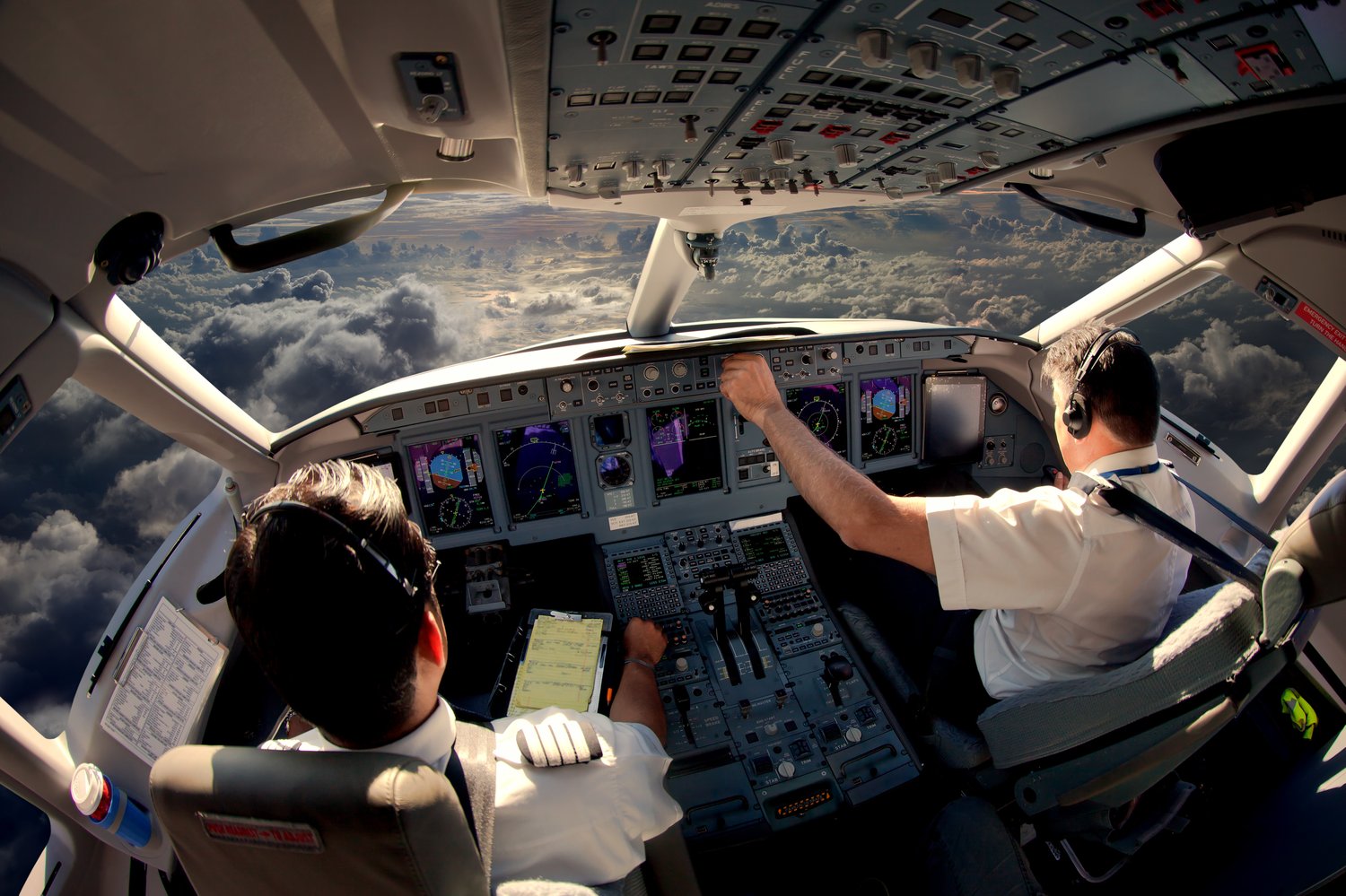
While demanding, the process for obtaining your ATP is fairly straightforward. However, you need to make sure you check all the boxes for aeronautical experience at the culmination of your training. Before you receive your certificate, you must have at least 1,500 hours of total time as a pilot that includes the following (at a minimum):
- 500 hours of cross-country flight time
- 100 hours of night flight time
- 50 hours of flight time in the class of airplane for the rating sought (which can include up to 25 hours in a full flight simulator representing the class of airplane for the rating sought [provided the training was accomplished as part of an approved training course in parts 121, 135, 141, or 142])
- 75 hours of instrument flight time in actual or simulated instrument conditions
- 250 hours of flight time in an airplane as pilot in command (PIC), or as SIC performing the duties of PIC while under the supervision of a PIC. This time must include at least 100 hours of cross-country flight time and 25 hours of night flight time.
For more information, including the total allowances for flight simulators and other training allowances, refer to 14 CFR §61.159.
The ATP certificate is the top certificate offered by the FAA, and I am proud to say that I now hold an ATP Multi-engine Land Airplane Certificate. It will help me as I move forward in my career, whether I continue to fly Part 135 or decide to fly for the airlines. The process is long, but it’s worth it.
Share this
You May Also Like
These Related Articles
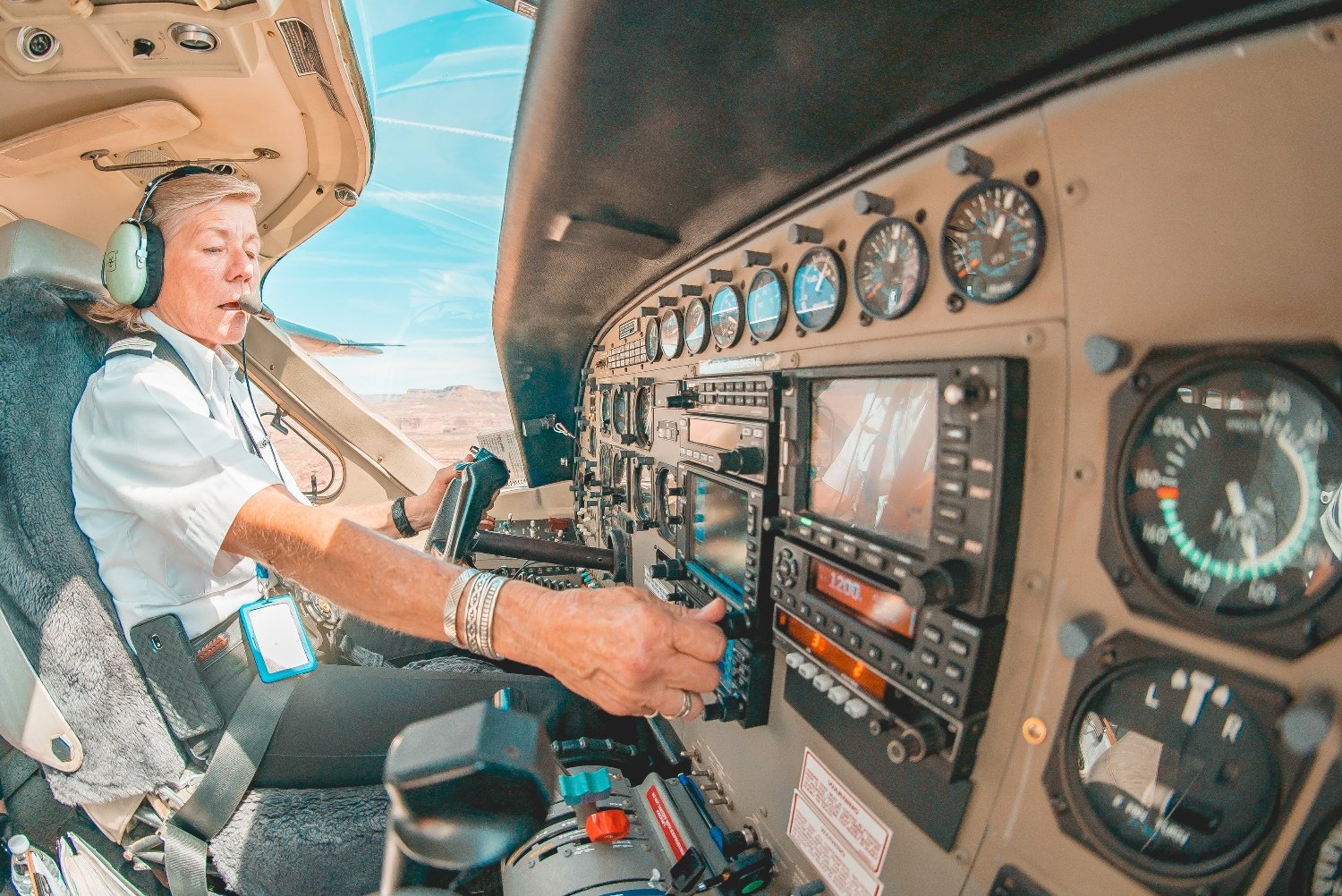
Commercial Pilot Requirements: A Beginner's Guide
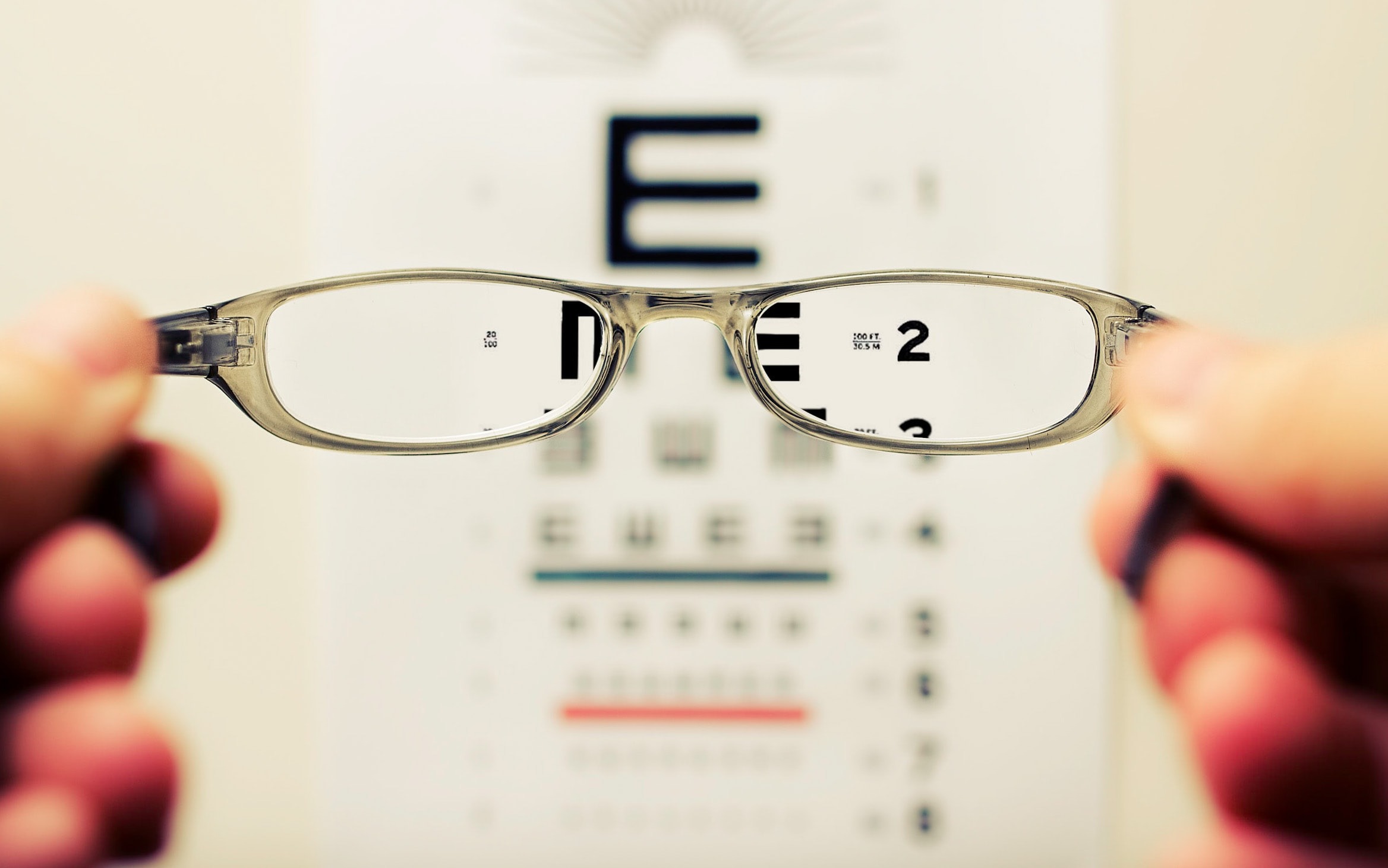
A Step-by-Step Guide to Your Student Pilot Medical Certificate
